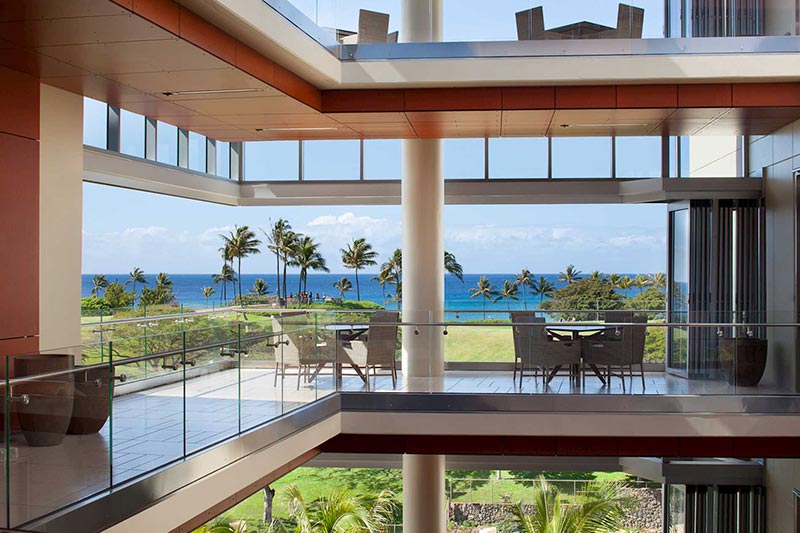The Hidden Breath of Buildings: The Key Role of Ventilation in Architecture
6
Buildings need fresh air to function just like we do. Often overlooked, ventilation is crucial for creating healthy, comfortable, and enduring structures. Even ancient wonders like the Great Pyramids showcase thoughtful ventilation design. Their longevity is a testament to this! These structures boast ventilation shafts – ancient air conditioning! These ensured fresh air for workers, like how modern homes need ventilation for occupant health. This focus on healthy airflow extends to modern architecture as well.

The focus on airtightness and energy efficiency in modern buildings can create a double-edged sword. While these features save energy, they can also trap pollutants and stale air inside.
So, why does ventilation matter?
Without it, modern, energy-efficient buildings can become stagnant and unhealthy.
Proper ventilation plays a critical role in:
Regulating indoor air quality: It removes stale air, pollutants, and reduces stuffiness, creating a healthier environment for occupants.
Improving comfort: Fresh air circulation helps maintain comfortable temperatures and reduces humidity, leading to a more pleasant indoor experience.
Promoting energy efficiency: Ventilation allows for natural air exchange, potentially reducing reliance on mechanical heating and cooling systems.
Architects have two main approaches to ventilate a space: natural and mechanical ventilation.
1. Natural Ventilation: This includes windows, doors, and vents. While essential, it might not be enough, especially for energy efficiency. It can be uncontrollable and allow unwanted elements in.
2. Mechanical Ventilation with Heat Recovery (MVHR): This controlled system provides fresh air while removing pollutants and excess moisture. MVHR offers several benefits:
Consistent Fresh Air: MVHR constantly exchanges stale indoor air with fresh outdoor air, ensuring a healthy and comfortable environment.
Filtered Air Quality: MVHR systems filter incoming air, removing harmful particles and pollutants.
Energy Efficiency: MVHR units recover heat from outgoing air, reducing energy consumption for heating incoming fresh air.
Year-Round Comfort: MVHR systems maintain consistent air quality and temperature regardless of weather conditions.
Mould Prevention: By removing excess moisture, MVHR systems help prevent mould growth, a common problem in buildings with poor ventilation.
Incorporating effective ventilation strategies, especially MVHR systems, is no longer an afterthought in good architecture. By prioritizing ventilation, we can create spaces that are not only aesthetically pleasing and functional but also healthy, comfortable, and sustainable for their occupants.
Other Articles
Season's Greetings From Ecotec Windows
15
Is Net Zero Signalling The Decline of Double Glazing
03
Triple Glazing FAQs With Internorm Windows
04
Rationel Inspiration Brochure Now Available
03
Bring Comfort and Style to your home with Internorm’s iTec Shading System
04
Discover The Bel’M Doors Brochure
01
Internorm Advanced iTEC Secure Locking System for Maximum Home Safety
04
Discover All The Benefits Of VELFAC Composite Windows & Doors
01
Design Style Studio Range By Internorm
02
Rationel & Maintenance Brochure Launched For 2025
14